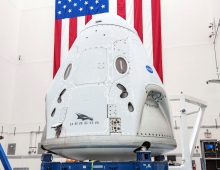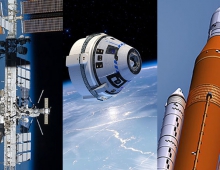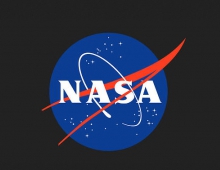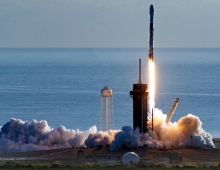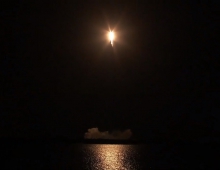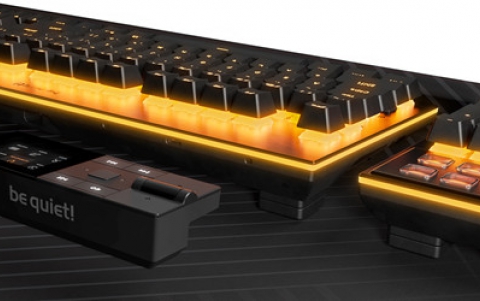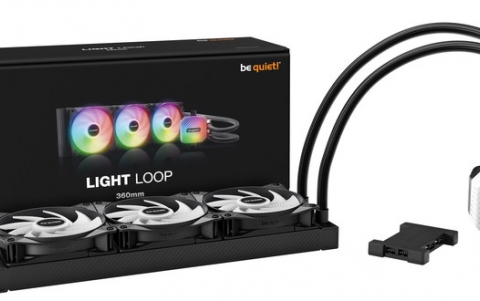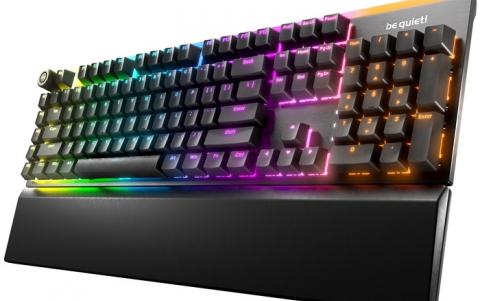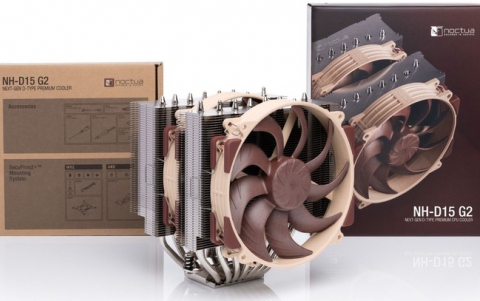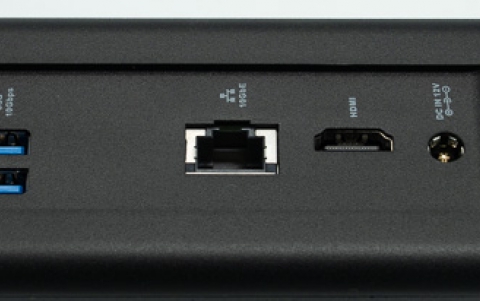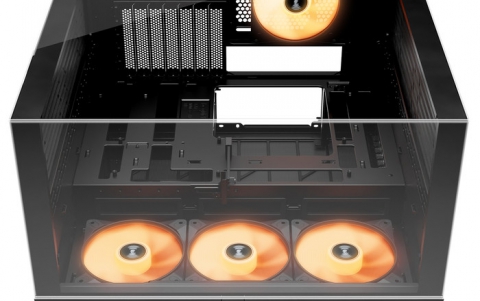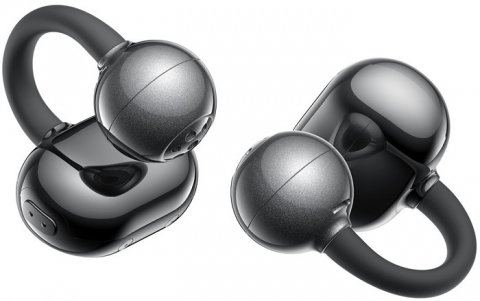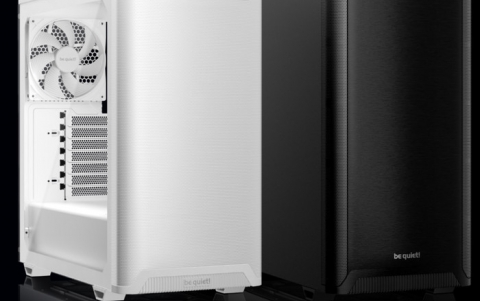
NASA Approves SpaceX's Crew Dragon Flight to Space Station
NASA and SpaceX are proceeding with plans to conduct the first uncrewed test flight of the Crew Dragon on a mission to the International Space Station.
The unmanned SpaceX Demo-1 launchis scheduled for 2:48 a.m. EST Saturday, March 2 from Launch Complex 39A at NASA’s Kennedy Space Center in Florida. It will be the first time a commercially built and operated American rocket and spacecraft designed for humans will launch to the space station.
This Demo-1 mission must launch successfully, dock to the International Space Station about 24 hours later, and then return to Earth a few days later under parachutes in lighted conditions.
While the review was ongoing, crew members on station utilized a computer-based trainer and reviewed procedures to refresh themselves with the Crew Dragon spacecraft systems, rendezvous and docking, ingress operations, changes to emergency responses, and vehicle departure. Demo-1 is the first uncrewed flight to the space station for the Crew Dragon.
NASA is still gathering data about the rocket and spacecraft's composite overwrap pressure vessels, or COPVs, which are essentially bottles that store rocket fuels at extremely high pressures. Engineers also want to ensure that there is enough margin in the Dragon's parachutes for a safe landing under various conditions, and study some concerns about the propellant feed system in the Dragon spacecraft. Finally, a mannequin will fly inside the vehicle during the test flight to determine stresses on humans during the flight.
NASA's Commercial Crew Program has worked with several American aerospace industry companies to facilitate the development of U.S. human spaceflight systems since 2010. The goal is to have safe, reliable and cost-effective access to and from the International Space Station and foster commercial access to other potential low-Earth orbit destinations.
NASA selected Boeing and SpaceX in September 2014 to transport crew to the International Space Station from the United States. NASA has awarded SpaceX $2.6 billion, and aerospace rival Boeing $4.2 billion to build separate rocket and capsule launch systems to carry U.S. astronauts to and from the space station, an orbital research laboratory that flies 250 miles (402 km) above Earth.
These integrated spacecraft, rockets and associated systems will carry up to four astronauts on NASA missions, maintaining a space station crew of seven to maximize time dedicated to scientific research on the orbiting laboratory.
Russian space officials dissented from NASA and SpaceX’s flight-readiness decision, arguing that a separate computer system should be installed to help govern the craft’s “velocity vectors” on its approach to the station in case of a main computer failure. A redundant system is employed on Japanese and European cargo vessels that dock with the ISS.
Normally, an autonomous vehicle will have a primary computer system to control its flight, and a separate, isolated box to handle this function if the main computers go down. The Crew Dragon doesn't have this function.
Russia, NASA's main partner on the station, has raised concerns about this, noting that if this system goes out the spacecraft might drift and crash into the station.
William Gerstenmaier, NASA’s associate administrator for human exploration, said agency officials will follow up with their Russian counterparts about the safeguards that are in place in case of a failure.



